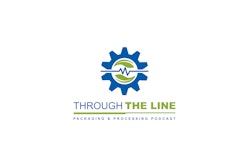
Gains in global manufacturing output, increased consumer spending on packaged goods worldwide, and demographic trends such as increasing urban populations, are seen as key factors in The Freedonia Group prediction for an increase in rigid packaging demand.
Freedonia’s “World Rigid Packaging,” a 409-page study, is available for $6,100 via their Web site above, or by contacting Corinne Gangloff (phone 440.684.9600, fax 440.646.0484, or e-mail [email protected].
The report notes, “The most rapid increases in demand for rigid packaging will be seen in the world’s developing regions, and in particular, the Asia/Pacific region due to its large food and beverage industries. Overall, some of the highest growth rates are expected in India, China, and Indonesia, with Brazil, Turkey, Russia, and Mexico also expected to see healthy gains. China alone will account for 46% of global value gains in rigid packaging demand between 2011 and 2016.”
Other takeaways from the report include the following:
• Food and beverage represent the largest markets for rigid packaging, accounting for 64% of total rigid packaging demand in 2011.
• Gains are expected for plastic bottles and containers as a result of cost and performance advantages, as well as further development of food-grade materials.
• Rigid packaging demand in pharmaceutical applications is forecast to see above-average growth, boosted by rapidly expanding pharmaceutical manufacturing capabilities, especially in Asia.
• Among materials, plastic will continue to account for the largest share of demand and will also see the fastest increases. That said, metal cans will remain an important segment of the rigid packaging mix due to their durability, long shelf life, tamper resistance, ease of storage, recyclability, and the economic advantages of canned items in controlling food expenditures. Opportunities for paperboard rigid packaging will reflect a competitive price structure, suitability for high quality graphics, and a favorable environmental profile.





















